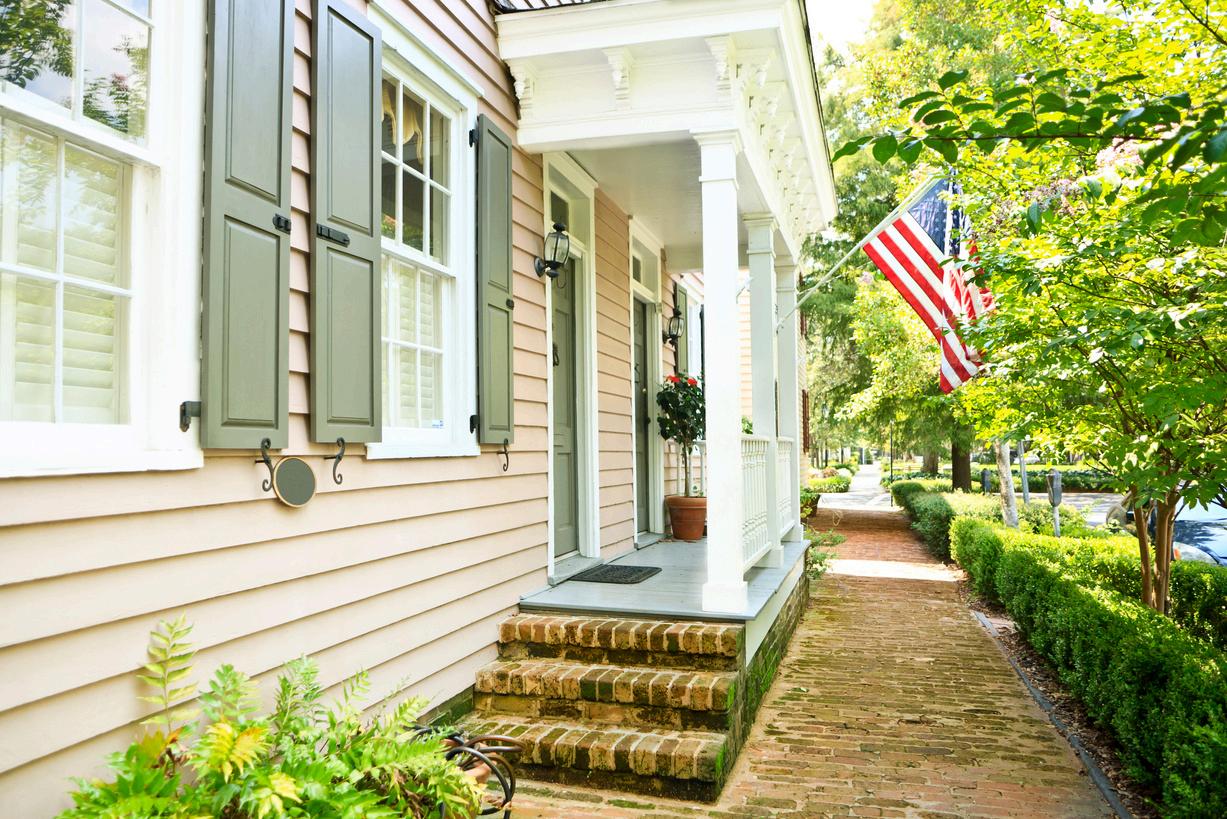WHAT TO KNOW
ABOUT HISTORIC DISTRICTS
HISTORIC DISTRICTS
Historic districts in the United States are designated historic districts recognizing a group of buildings, archaeological resources, or other properties as historically or architecturally significant. Buildings, structures, objects, and sites within a historic district are normally divided into two categories, contributing and non-contributing. Districts vary greatly in size and composition: a historic district could comprise an entire neighborhood with hundreds of buildings, or a smaller area with just one or a few resources.

Historic districts can be created by federal, state, or local governments. At the federal level, they are designated by the National Park Service and listed on the National Register of Historic Places; this is a largely honorary designation that does not restrict what property owners may do with a property. State-level historic districts usually do not include restrictions, though this depends on the state. Historic districts created by local municipalities, however, almost always protect historic properties by regulating alterations, demolition, or new construction within the district.
HISTORIC DISTRICT DISCLOSURE
COPYRIGHTED BY AND SUGGESTED FOR USE BY THE MEMBERS REALTOR® OF THE NORTHEAST FLORIDA ASSOCIATION OF REALTORS®, INC. REALTOR®
BUYER: _______________________________________________
PROPERTY ADDRESS:
(the "Property")
BUYER acknowledges that the Property is or may be part of an historic district pursuant to applicable law. Historic properties are protected by certain guidelines and restrictions governing alteration, modification, construction, demolition and relocation of historic properties. Generally, local governments must approve any alteration, modification, construction, demolition and relocation of historic properties prior to beginning such work.
Factors affecting approval or denial include, but are not limited to, the extent to which the alterations affect the character or architectural features of the structure, including the harmony of materials, height, proportion, setback, shape and workmanship, the degree to which the proposed work is compatible with the original design of the structure or the general design characteristics of the era which the structure represents, the degree to which the proposed building materials are compatible with aesthetic and structural appearance of the structure, and the degree to which the proposed work is compatible with the neighborhood.
BUYER understands that it is BUYER's duty to exercise whatever due diligence BUYER deems necessary with respect to any historic district designation including, without limitation, review of local laws creating such district, maps adopted by the local government depicting historic districts, and guidelines and restrictions governing the structures in such districts.
BUYER
BUYER
BUYER




